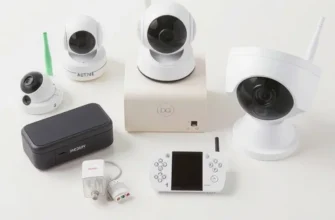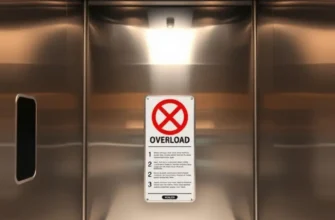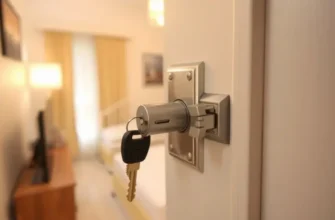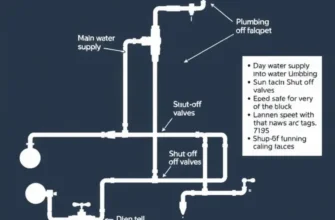As a renter, ensuring your safety during emergencies is paramount. Emergency lighting provides essential illumination during power outages or unexpected incidents, helping you navigate your apartment safely and effectively. While landlords typically take on maintenance responsibilities, understanding your emergency lighting options can empower you to advocate for your safety needs. With various solutions available, from battery-operated lights to permanent installations, apartment renters across the U.S. can prioritize their safety without worrying about complex maintenance. This guide breaks down essential information regarding apartment emergency lighting, ensuring you feel secure in your living space, while also suggesting practical maintenance solutions that keep you worry-free. Let’s dive into how to assess your current lighting options and understand what you can do to improve your safety in any potential emergency.
Understanding the Importance of Emergency Lighting
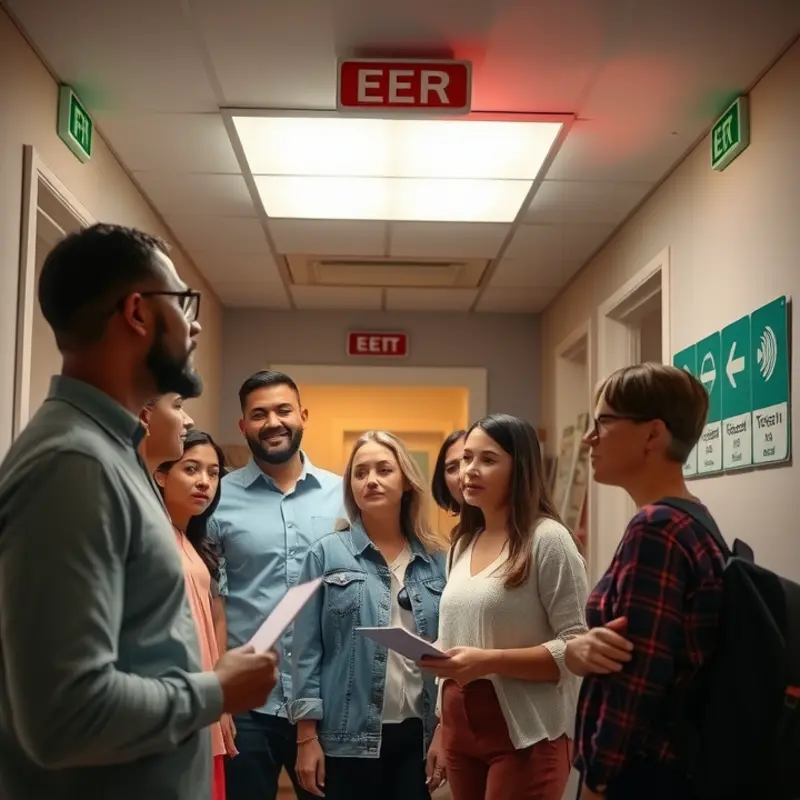
Emergency lighting is a critical safety feature in any rental apartment, providing illumination during power outages or emergencies. With various types and strict guidelines, understanding your apartment’s emergency lighting can literally be a lifesaver.
Mandatory in many regions, emergency lighting serves as the first line of defense against building evacuations during emergencies. There are several types of emergency lighting systems, each designed to perform specific functions in times of crisis. Battery-operated lights are a common choice for renters due to their portability and ease of use. These can be placed strategically around your apartment to ensure visibility during power failures. LED lamps are another option, often offering longevity and energy efficiency. Their brightness can illuminate large areas, making it easier to navigate to safety. Exit signs and photoluminescent markings, although typically the landlord’s responsibility, are crucial in guiding residents to the nearest exit.
Regulatory guidelines such as those set by the National Fire Protection Association (NFPA) are in place to ensure safety standards are met. NFPA guidelines require that emergency lighting systems provide illumination for a minimum of 90 minutes, with a light output of at least 1 foot-candle along exit paths. Compliance to these guidelines is essential, as non-compliance can put residents at risk. Renters should familiarize themselves with these regulations to better advocate for proper safety measures.
Tenants can take proactive steps to ensure their safety regarding emergency lighting. Begin by conducting a thorough assessment of your apartment’s current emergency lighting plan. Check battery life regularly on portable emergency lights and replace them as needed. If your building lacks proper exit signs, address this issue with your landlord. Knowing your right to a safe environment can empower you to demand necessary compliance.
If you’re unfamiliar with evaluating these safety features, resources are available to guide you. Reading guides such as this apartment safety checklist can offer valuable insights into ensuring your living space is adequately prepared for emergencies.
By understanding the significance of emergency lighting and knowing what options are available, tenants can navigate their living spaces confidently. Assess, advocate, and act to ensure your safety—and that of others—when it matters most.
Maintenance Made Easy: Keeping Your Emergency Lighting Functional

Maintaining functional emergency lighting in your apartment is a crucial safety measure that ensures you can navigate safely during power outages or emergencies. Establishing a simple, consistent maintenance routine can help you keep these vital systems working effectively. Let’s explore some straightforward practices to maintain and regularly test the lighting in your rental property.
The first step in emergency lighting maintenance is understanding the type of system installed in your apartment. Common systems include those with rechargeable battery packs and those connected to your apartment’s electrical system. Knowing this helps you adopt the right maintenance strategy.
Battery Checks
If your emergency lights use batteries, regular checks are vital. Create a schedule to inspect batteries every three to six months. Look for signs of wear or corrosion, as these can significantly affect performance. During your inspection, ensure the batteries are securely connected and replace them as needed. A good practice is to record the battery installation date. Replacing batteries every one to two years is advisable to prevent them from dying at crucial moments.
Replacing Bulbs
Bulb replacement is another essential task for maintaining emergency lighting. Over time, bulbs can degrade and lose brightness or burn out entirely. Test your emergency lights monthly to check the brightness. Note any flickering or dimming, which are signs it’s time for a replacement. Opt for energy-efficient bulbs as replacements to enhance longevity, reducing the frequency of this maintenance task.
Ensuring Visibility
Aside from the functionality of the lights themselves, visibility of emergency exit signage in your apartment is crucial. Confirm that all signage is unobstructed, clean, and illuminated. Dust and grime can accumulate over time, hindering visibility. Wipe down signs regularly and conduct checks to ensure light bulbs in signs are working properly.
Tracking Maintenance Tasks
To effectively manage emergency lighting tasks, use a checklist. List each task, such as battery checks and bulb replacement, with a column for dates when each task needs to be completed. Consider integrating this checklist with broader apartment maintenance routines for efficiency. You can learn more about organizational strategies for your living space by visiting this guide on using baskets for apartment organization.
Regular testing and maintenance of your apartment’s emergency lighting are indispensable habits. Keeping these systems operational not only ensures your safety but also gives you peace of mind. When lights fail unexpectedly, the implications can be severe. Set reminders to test functionalities, replace faulty components swiftly, and inspect visibility. This proactive approach will help ensure your emergency lighting is ready at all times, lighting your way to safety when needed most.
Final words
Ensuring that your apartment is equipped with reliable emergency lighting enhances your peace of mind and safety. By understanding the types of emergency lighting available and committing to a simple maintenance routine, you significantly reduce the risks associated with power outages or emergencies in your living space. Remember, advocating for safe living conditions is a right for every renter, and a proactive approach to emergency lighting can lead to greater security for you and your loved ones. Take action today to make your apartment safer, and empower yourself with knowledge about your emergency lighting needs.



